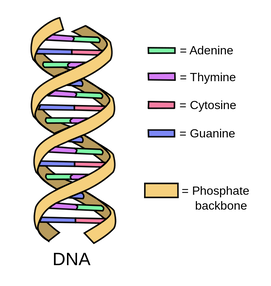|
Modern science is so advanced and researching extensively, it is not able to explain the reasons for not being able to produce living beings, despite entire physical materials are available. Modern synthetic biology till now could only produce single cell microbe on experimental basis from the root materials from another living being. Scientists didn't claim that they created life itself from scratch. Had they put the DNA into an already-dead cell, nothing would have happened. Further, science is not in a position to explain, why children of one parents are so different in nature, behavior and tendencies, despite generally similar environment and grooming.
The riddle was explained in 6th - 7th century BC by Mehrishi Kapil in Samkhya Darshan, one of the six philosophies in Hinduism. He differentiated between living and non-living components of life. Physical body is manufactured by materials available in the nature; whereas spark of life in form of jivatma enters in the physical body to provide it life. (An article on Samkhya Darshan published on 21.09.2018 on this website under the category of Philosophy) Hinduism has thoroughly probed the influences on the personalities of a person. Three forces work on the personalities of a person viz. external environment gathered through ten organs (five senses – sight, hearing, touch, smell & taste and five organs of action- feet, hands, rectum, genitals & mouth), physical body formed from DNA and impressions of previous lives carried through jivatma which create internal impulses and thoughts. The various aspects of ingredients for life according to Samkhya Darshan and Modern Science are discussed hereunder. Samkhya Darshan - Prakriti and Soul
Modern Science – DNA Modern Science over centuries could discover that all living beings like plants, animals, insects, birds, microorganisms, etc. differ from non-living things as they have minimum two activities viz. metabolic activities and reproduction, for which they require nutrition. Further, they respond to external stimuli. It is further discovered that from parents to offspring, the specific instructions contained in DNA are passed that make each type of living creature unique. The journey of modern science from building blocks of living bodies to synthesis of DNA is as under:
0 Comments
|
Archives
March 2024
Categories
|

 RSS Feed
RSS Feed